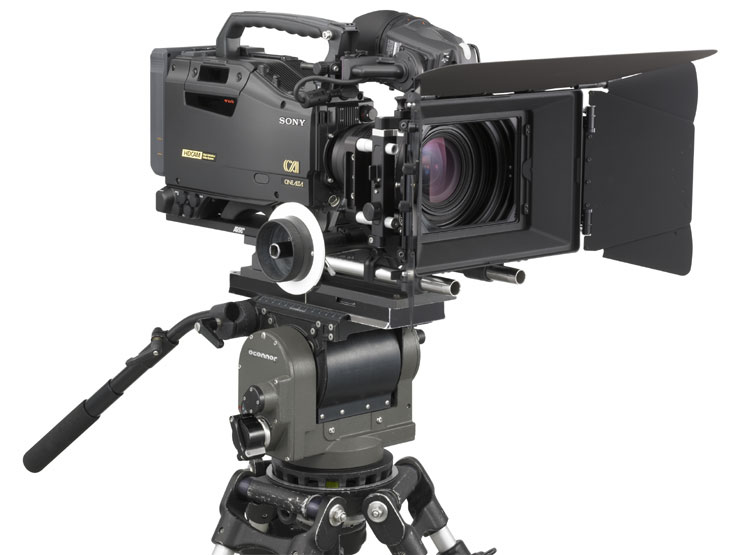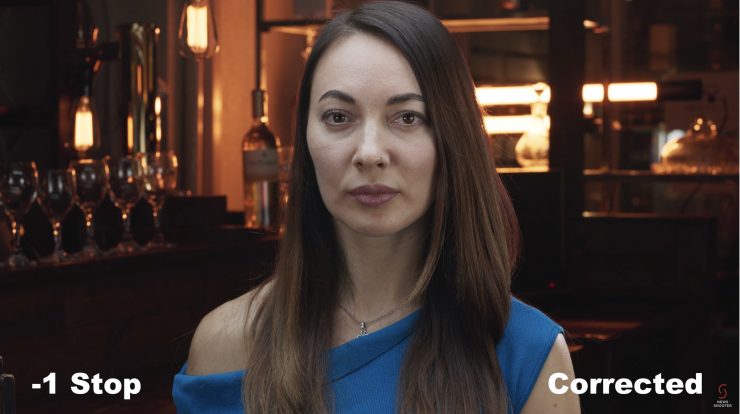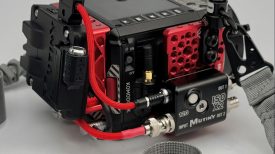Exposure latitude testing is a tried and true method of building an understanding of an imaging system, whether it’s film or digital.

Recently I’ve had conversations with a number of cinematographers who were unsure about how to interpret exposure latitude tests because so much focus in recent years has fallen on the Total Dynamic Range issue. This can be traced back to the early days of the shift to digital where cameras like the F900 had a total dynamic range of less than ten stops (7.5 out of the box for the F900) and this was an easy way to explain the superiority of film with its dynamic range of more than 14 stops.
All serious professional digital cinema cameras now have a dynamic range that is comparable if not greater than film, so the significance of this measure has been vastly reduced. However, there is still a lag, where the industry is more focussed on the total dynamic range and the more useful latitude testing has often fallen by the wayside.

Because of this, I’ve put together a video to explain how latitude testing is done and how to get the most useful information out of the results. The world’s top cinematographers usually begin each film by doing latitude tests of their chosen imaging chain. This includes the camera, lenses, LUT and post path to see how this combination responds to different exposure levels, both corrected and uncorrected.
Doing definitive camera tests is incredibly complex and difficult but doing proper exposure latitude tests of your own chosen imaging chain for a project is one of the easiest and most useful things you can do to increase the level of control and creative freedom you have in your work as a cinematographer.





